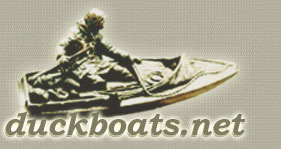Bob,
I don't know how to take the opening statement or the wording used in your reply as it seems to be directed towards what I said in my reply to Nick's post. If I'm reading too much into this, I apologize.
First, Nick posted that he is finished with the head aside from a few details, posted a picture and asked for opinions. I replied with a few things I noticed that would require a few minutes of work to do and would help make his first decoy look a bit better. I do not dispute a single word of what you posted.
As far as what we teach at the "Institute"
So far, the only formal step by step class we have offered is the canvas goose class taught by Chuck J. This class simply taught the mechanics of building a canvas goose. when we meet for our weekly carving sessions, we do share our ideas on carving. For my part, I take the time to show guys HOW I CARVE A DECOY. I do not, nor will I ever hold someone's hand from start to finish on every detail of a decoy. I mainly teach how to remove wood and make shapes. I do very little of telling someone where each shape has to go. I teach like this for a few reasons.
First, I think it is important that a person is given the freedom to fail and struggle to some extent in the carving process. I think a person learns more by some trial and error, has a better understanding once they are successful, and has more of a feeling of accomplishment when it comes together. If someone is having a hard time on an area, and asks for help, I do the best I can to help them out.
The second benefit of this is that everyone eventually develops their own style. One guy in our group is a machinist. He comments often that he enjoys making decoys because at work, he has to look at a print and make a part from it without any deviation from the print. When making decoys there are no rules or boundaries and he is able to express the way he sees a duck with a knife and paintbrush. His decoys are not anatomically correct, but they are aesthetically pleasing and the ducks seem to like them. To sum it up, he's learned to make a decoy he likes, enjoys doing it, and has a rig to hunt over that he is proud to have done himself, and in the process has learned to identify old decoys by region and learned a lot about the men who made them. This is why the "Institute" exists.
Regards,
Paul








